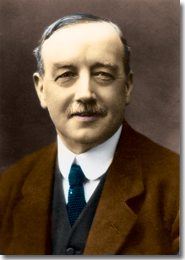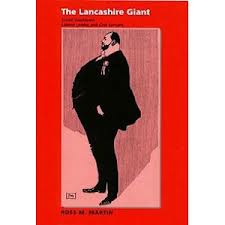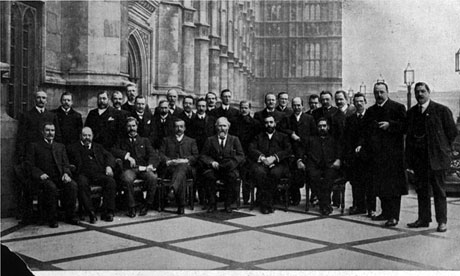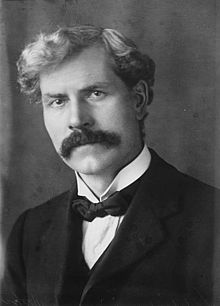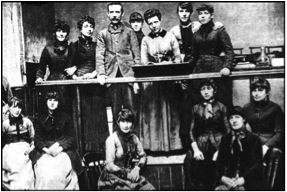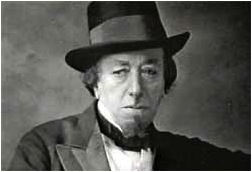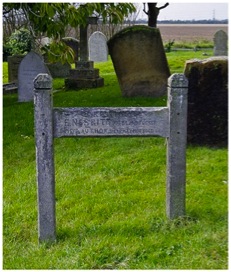by Pete Goddard and Atul Hatwal
“Is the parliamentary Labour party a failure?”
This was the upbeat title of a 1908 pamphlet from Ben Tillett. Presumably feeling he’d run out of capitalists to agitate against, he had turned his talents to stirring things up in his own party.
As well as being possibly the first #QTWTAIN in Labour’s political history, it was a cunning title on Tillett’s part. He had only to change the date on the front and he could re-publish it and still find an audience every year from then until, approximately, today.
Tillett’s central moan was that Labour was not doing enough to combat unemployment on account of the fact that its leaders were just re-purposed Liberals.
This was an outrageous accusation. Just because the majority of Labour’s MPs were either former Liberals or ex-union officials with strong Lib Lab sympathies, and just because Arthur Henderson, the new leader of the Labour party was a former Liberal agent and just because the party had actually agreed not to contest elections where a Liberal was standing and… ok, he had a point.
There was quite a lot of common ground with the Liberals, but Labour inaction on unemployment was not policy – the truth was that party just didn’t have the votes in parliament to enforce its will.
They had tried. Labour had introduced the “right to work” bill in 1907 establishing every man’s right to employment. If work was not available the bill proposed that it was the responsibility of society to maintain the unemployed.






